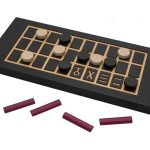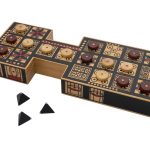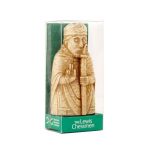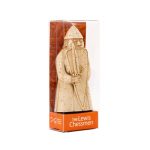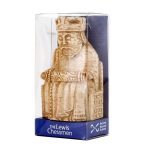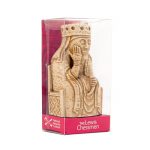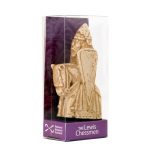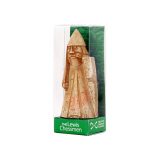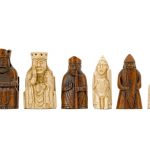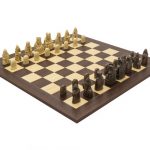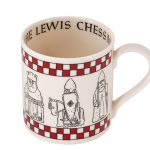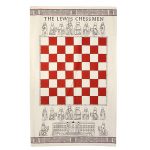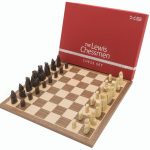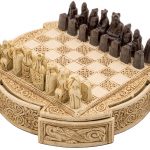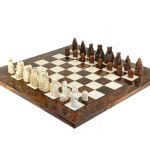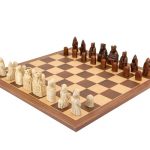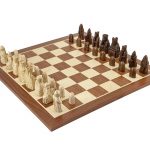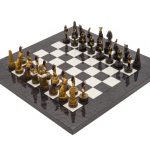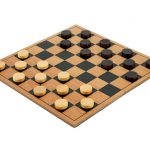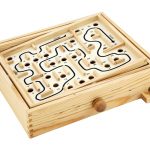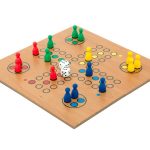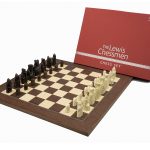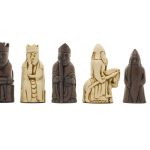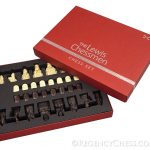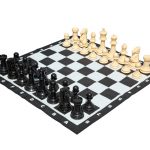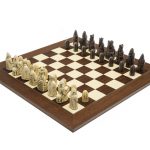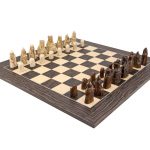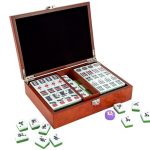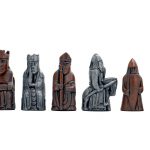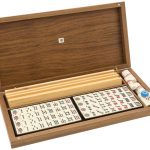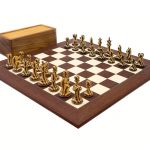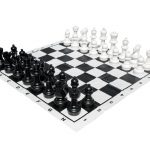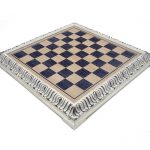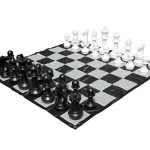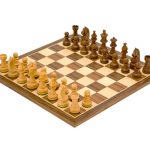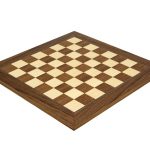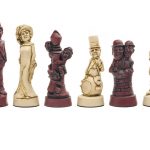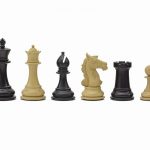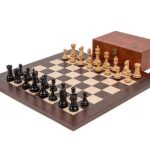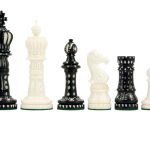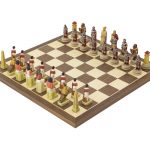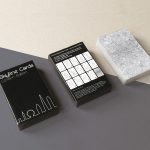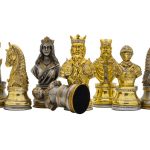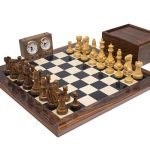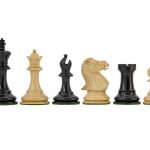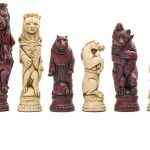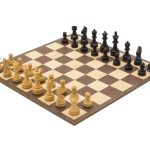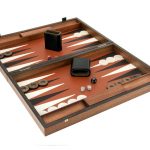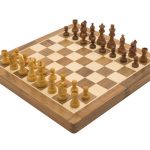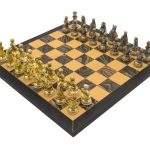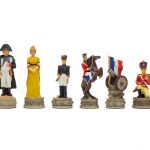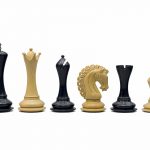Disclosure : This site contains affiliate links to products. We may receive a commission for purchases made through these links.
The Viking Game (Hnefatafl)
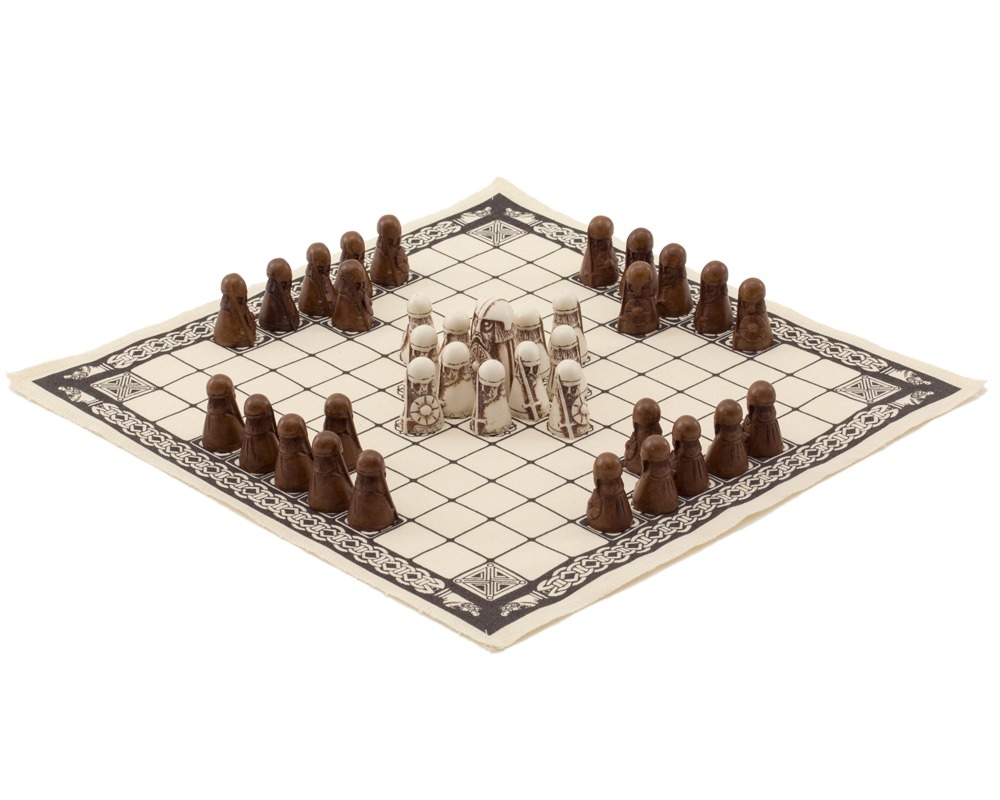
1 white king King. 12 white Defenders. 24 dark Attackers. Linen playing surface. Rules and Historical information leaflet. Gift box presentation. Made in the UK. A genuine National Museum of Scotland Product. Viking Board Game Hnefatafl from the amazing product team at the National Museum Scotland. As always they have created a superb quality (British Made) product that is presented perfectly. A great game and an ideal gift. Hnefatafl, also known as The Viking Game, The King’s Table or simply Tafl, is one of those rare games with two unequal sides. Positioned around the border, the attacking side is comprised of 24 infantry in four groups of 6. All pieces move like the Rook in chess and pieces are captured by “sandwiching” i.e. moving a piece so that an opponent’s piece is trapped horizontally or vertically between two of yours. Starting the game in a cross formation in the center of the board, the defending team comprises twelve soldiers and a king. Their objective is for the king to escape by reaching any of the four corner squares. There is an array of information available on the Internet about Hnefatafl, including many rule variations that are worth experimenting with. THE HISTORY Most popular during the Dark Ages in Northern Europe, Hnefatafl ranks as one of history’s greatest board games. As early as AD400 the game was popular in Viking homes and carried to the lands they overthrew. The attacking force has the advantage at the start of each game, most likely mimicking the success of these Viking raids. The king is another cultural indication of the Viking chiefs’ presence in battle. The game was developed over the years and different versions have been found on archaeology sites. Hnefatafl literally means Kings Table and manuscripts revealed how to play the game properly. There is no doubt that various types of board and pieces, along with different versions of rules, existed at different times and places. Its popularity declined in the 11th century with the rising popularity of the chess set. This Hnefatafl set is reminiscent of the famous Isle Of Lewis and the “board” is printed on woven textile, giving a nice medieval feel to the set. Most pieces found to date are more basic in design than this, revealing how popular the game was among ordinary people who could not indulge in the finer things in life.








